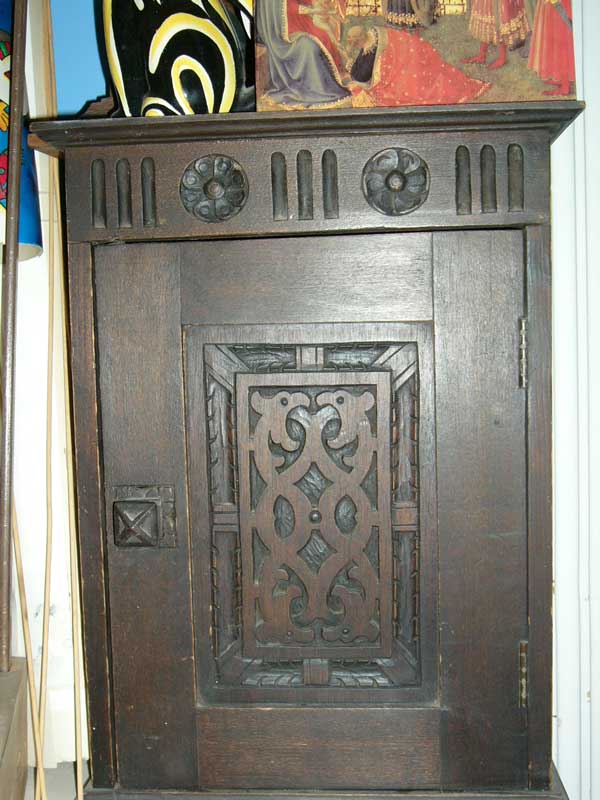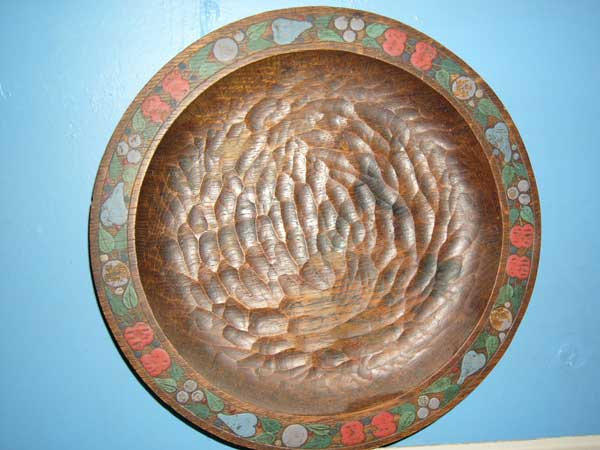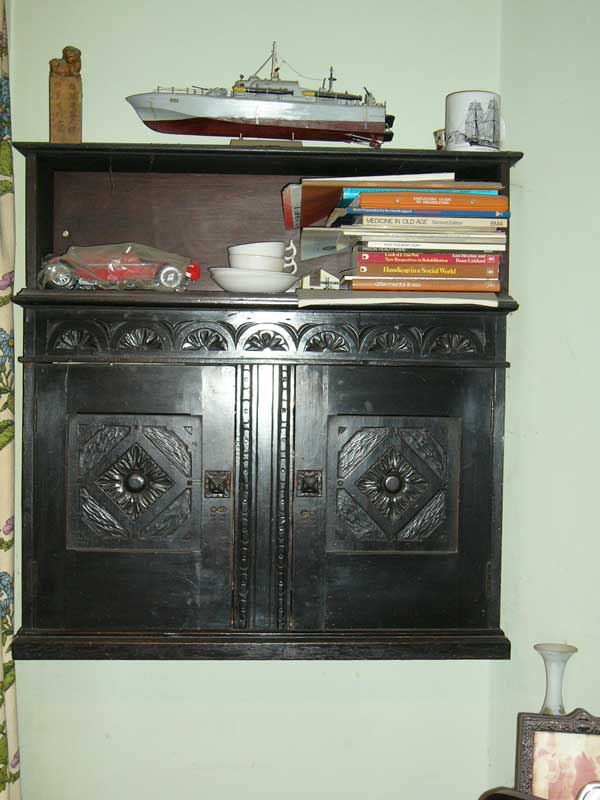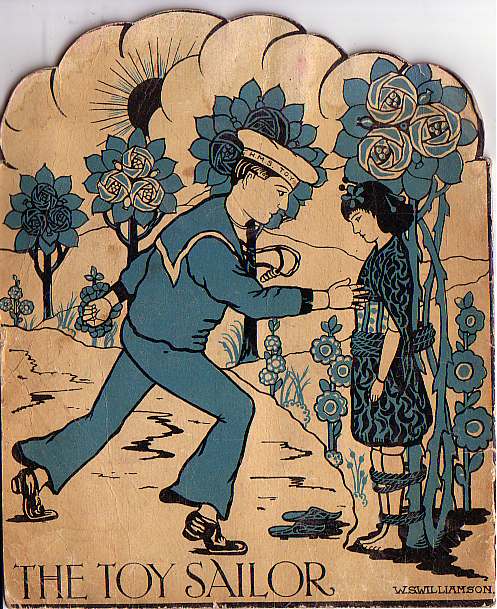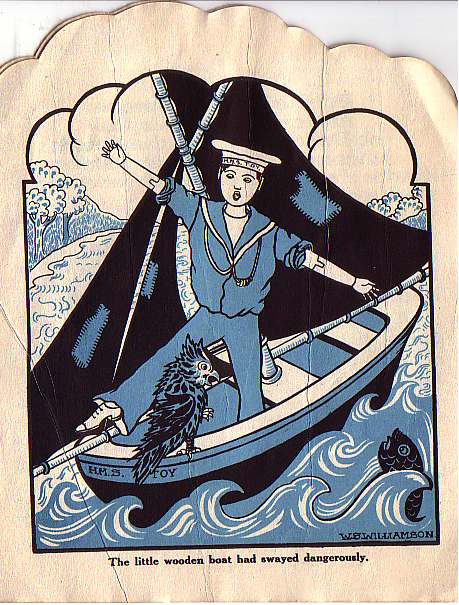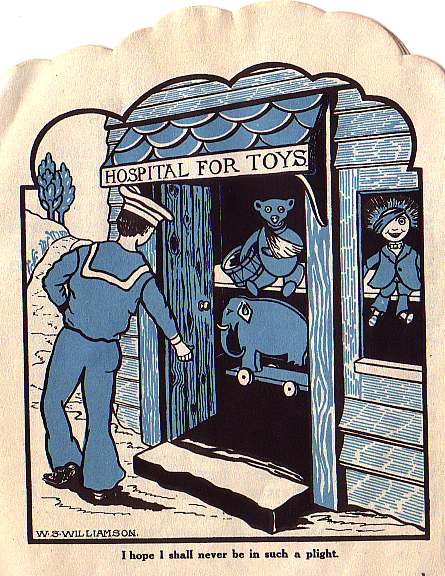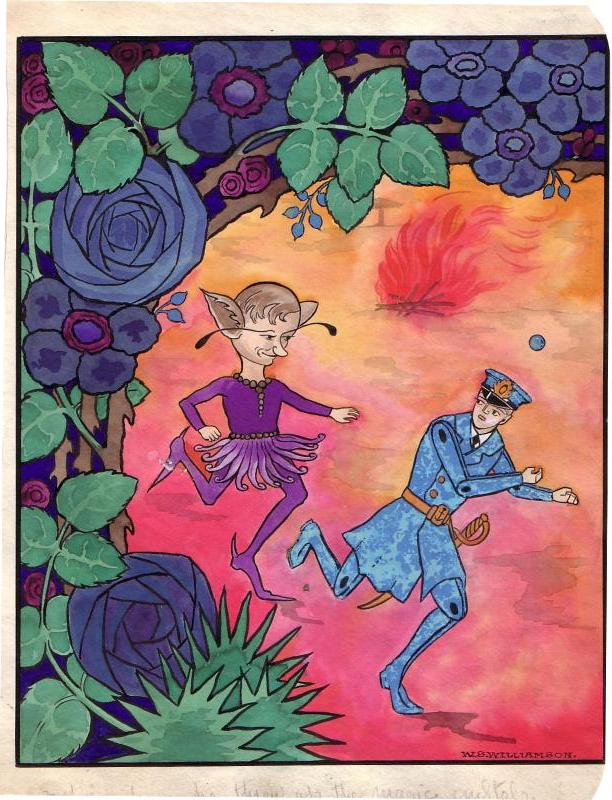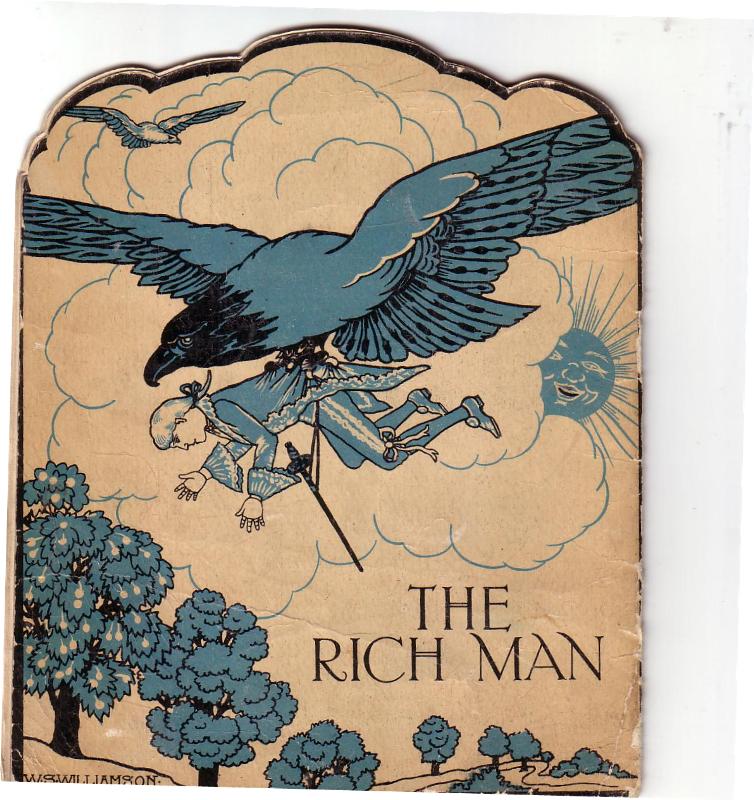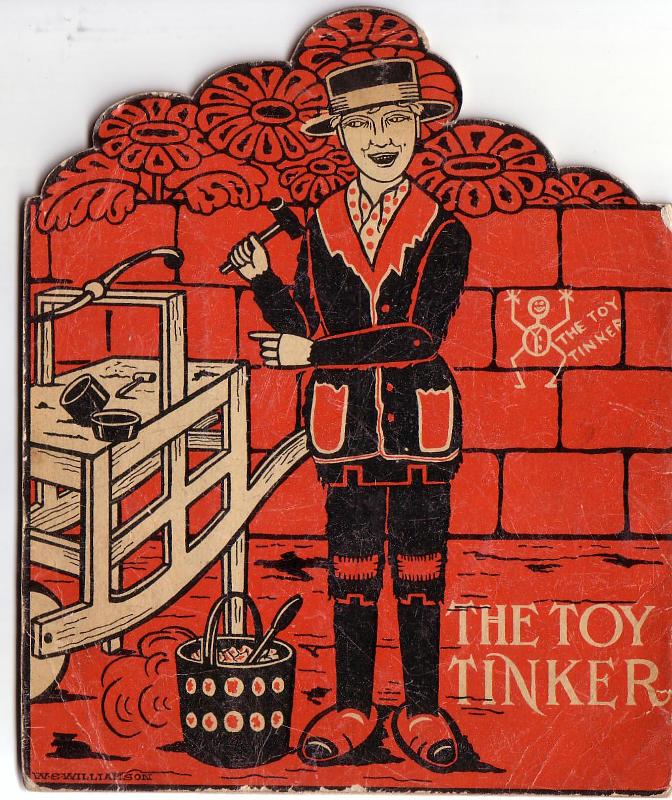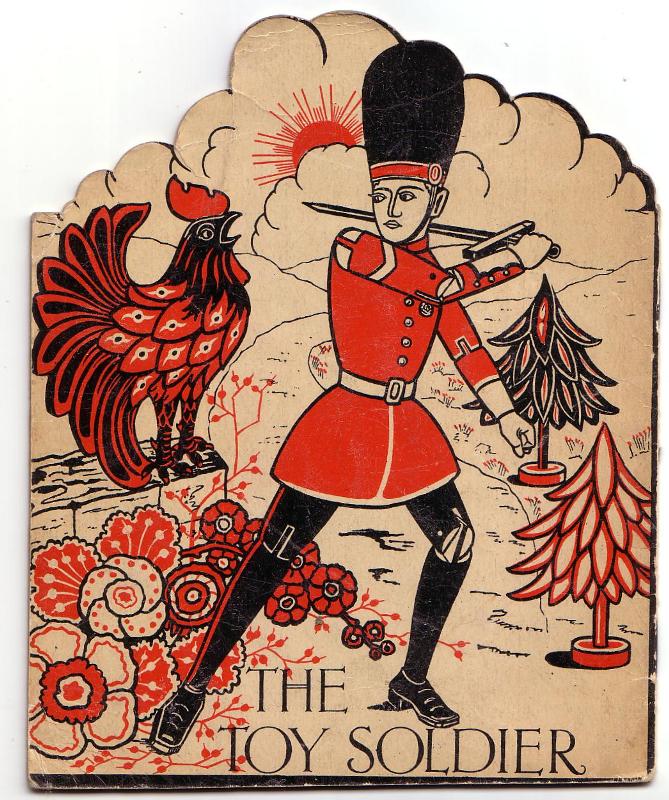The Handicraft Studios, Taunton
wood-carving and metal work
IN these days when Technical and Art education are making
such vast strides, when new schools and classes are being
opened all over the country, it is a matter of surprise that so few
really good classes are open to students wishing to devote
themselves to wood-carving. This can hardly be said of
London, for the students there certainly have ample
opportunities of studying under good masters; but in the
provinces this is not always the case, though there are, of
course, several exceptions.
While in Taunton recently we were particularly struck with
the excellent system of tuition in vogue at the Handicraft Studios,
which are under the direction of Mr. W.S. Williamson, and the
results of this system were very evident in the admirable
examples of the students' work which we had an opportunity
of examining.
Mr. Williamson makes it a strong point from the
very beginning that students shall work on objects of
utility; not any chosen haphazard, but useful
articles that have been carefully thought out, and
designed, that shall form a graduated course both
in technique and the application of ornament.
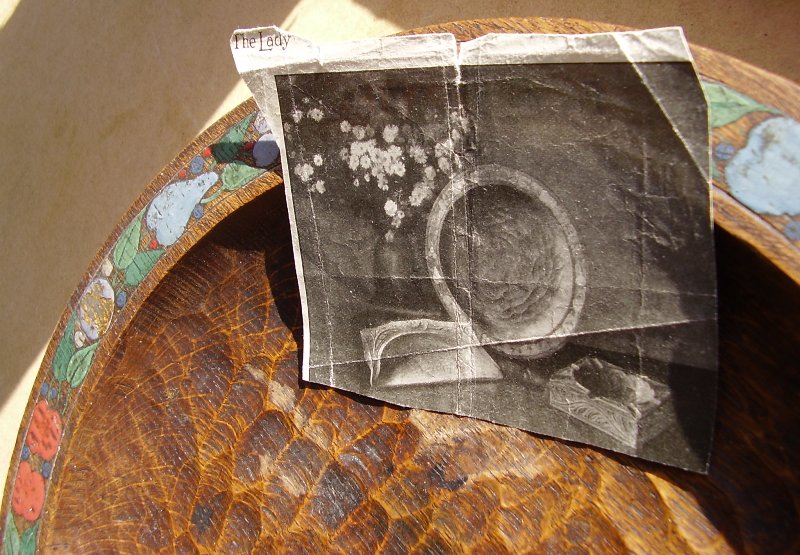
In
the case of the of the wood-carving students, they are at
first taught the different grain cuts by means of diagrams, these cuts being incorporated in the
designs which they first work on. Lessons are also
given in the sharpening of tools, growth and seasoning of timber and, in fact every subject which
bears directly on either the tools or materials used
in woodcarving. The first pieces of work which
the students are started on are a stool, a shelf for
china, and a box, each of which bears directly on and
illustrates the lessons being given at that time. They
then make studies in leading historic styles (all in
the form of useful articles), first modelling the
design in clay. Afterwards the students are encouraged to work out their own, basing them
on form, and workmg direct from nature. It
is compulsory that all students draw out the designs
and work from their own drawings or models.
We have so often found that it is the practice in wood-carving
classes for the students to work through a number of panels, and
we doubt if the students learn much by this beyond mere dexterity
in handling the tools and perhaps something of historic styles.
Owing to this, the reasons for carving certain elements in
various ways, some sharp and well-defined and others soft and low
relief, are lost; for these considerations are governed to a great extent
by the use the object is put to (for, after all, wood-carving is
decoration, and therefore an applied art), the position it has to
occupy, and the consequent play of light and shade upon the
ultimate situation, a very different thing to its appearance on the
bench. All these considerations have a definite
bearing on the treatment. These Panels are generally
eventually made up into some object or other. The
construction of that object thus becomes a subordinate
factor, as, Of course, it has to be made to fit the panel,
which is like building a house to fit a piece of furniture.
Whenever possible, the article should be made first in such
a way that it can afterwards be taken apart for carving the
decoration. Thus the work can be viewed in situ from time
to time during its progress. To a great extent it is this that
made the old carvings so successful; they were never misapplied. Mr. Williamson
works entirely on these lines, and his success is evident
from the work which is produced in his studios. We are
able to illustrate a few of these pieces.
The vigorous carved panel by Miss A. Ardagh forms part
of the choir stalls in the Bishop's Chapel at Wells. The
whole of the bench ends and stalls were carved by
students in the different classes throughout Somerset, the
chief pieces, including the Bishop's stall being executed
by Mr. Williamson's pupils, who made careful studies of
the beautiful screens and stalls in the neighbourhood, and
by adapting them to their purpose obtained much of the
spirit of the old work. In looking at Miss Ardagh's panel, it
is apparent that the fact of the panel being below the eye
when in position has been considered, for the shields have been pitched back
on their top edges, as is the foliage, in order to meet the
angle of vision and present a fair view to the spectator.
The deep under-cutting being kept below hides all the ugly
walls of wood; the light striking down also gives additional
value to the shadows. Altogether the carving is
characterised by great vigour.
The grate screen by Miss Wood is a well-executed
and delicate piece of workmanship, the ornament
being on an ogee ground, i.e., concave on the outer
and convex on the inner edges. We also illustrate two
admirable pieces of carving by Mr. Willianison himself.
The panel which forms part of a writing table evinces much
grace and feeling, and the idea of the design carefully
thought out, the lion's head forming the principal mass,
while subordinate masses are introduced on either side,
and part of the foliage worked round with fluters and dying
away into the background, thus attaching the ornament to
it.
Mr. Williamson also holds classes for metal work, to which
the same careful thought and instruction are given. The
copper repousse candle sconce, which we illustrate, by
Mr. J. Poole, is a conscientious piece of work, showing a
true treatment with metal. The design based on the briony
is cleverly arranged so as to form reflectors, the soft
modelling of the leaves being admirable.
The repousse copper alms dish, by Mr.
Williamson, is an original conception, and is symbolical of
one of the beatitudes, "Blessed are the pure in heart,"
represented by the leaves of the lily springing from the
hearts, the arrangement of the latter suggesting the form of a
cross.
As in the case of most of our successful carvers, Mr.
Williamson received his early training at the School of Art
Wood-carving, South Kensington. He afterwards went into
the trade and studied at various schools of art. He holds the
School of Art Woodcarving first-class certificate, also the
Society of Arts medal, awarded at the Arts and Crafts Exhibition,
ten other gold, silver, and bronze medals, and
innumerable certificates. Our Somerset and Devonshire
readers may be glad to know that Mr. Williamson, besides
having his school at Taunton, holds classes at the Tiverton
School of Art, the Bridgwater and Weston-super-Mare
Schools of Art, and also at Clevedon.
from 'Arts & Crafts' magazine, Vol. IV. No.21. February 1906 (Hutchinson)

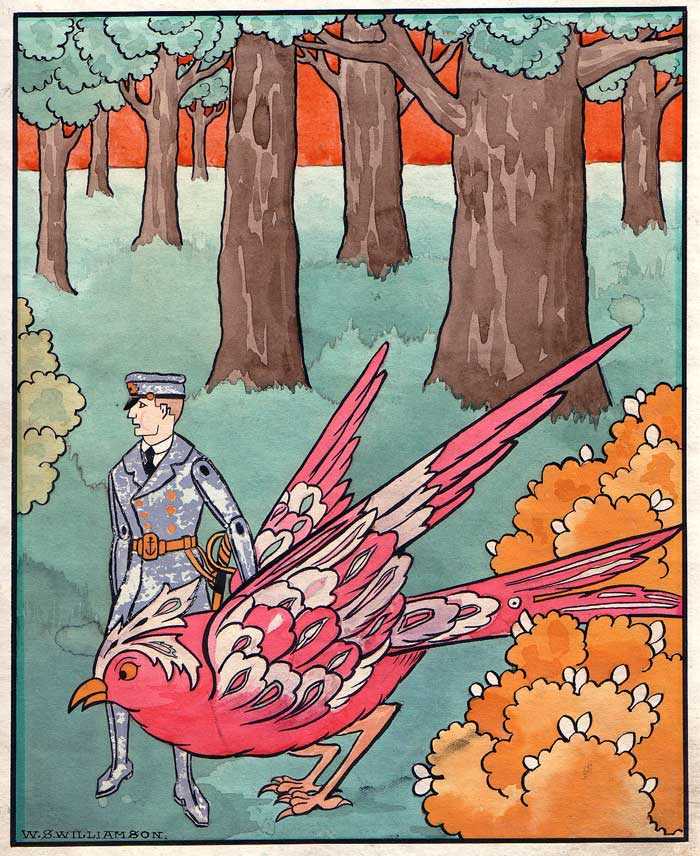
'I shall fly to the top of the tree to see who is about'
the magic midi
